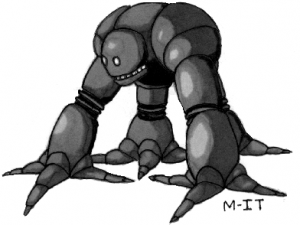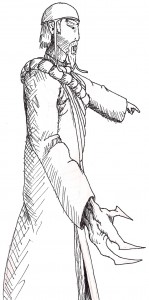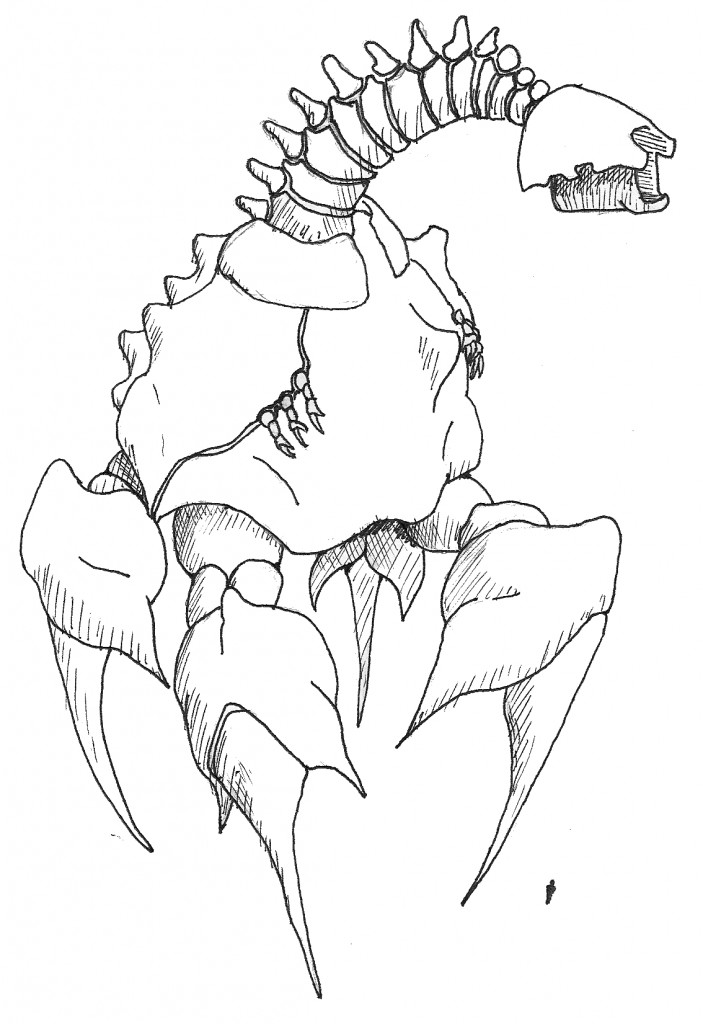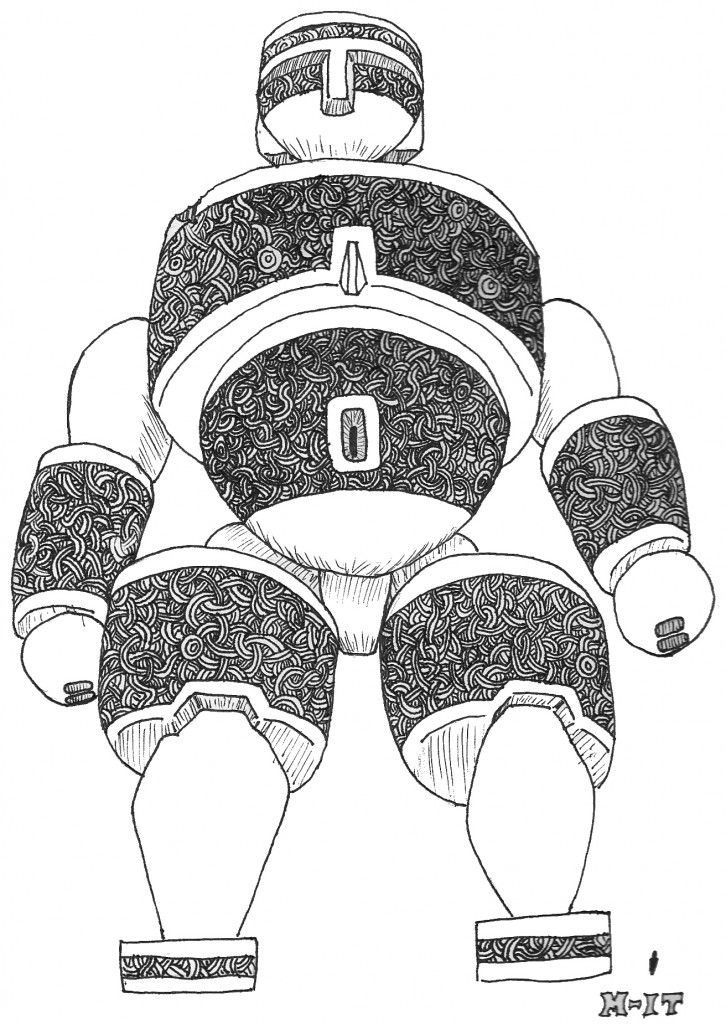For an explanation on how to use these stats, check out the original Survival Games post.
Dense Undergrowth
Travel is impeded by heavy vegetation. Foot travel is difficult and vehicles get stuck on the thick plant stems. Biting insects and poisonous plants may also be present. Visibility is very limited so getting lost is a real possibility.
Surmount Method: Chopping out brush in front of the group or vehicles, finding an animal path, crashing through.
Surmounting Attribute: Constitution
SP 1 per Km
Hazards
Exertion
For every failed Constitution roll the characters face an exertion hazard. While moving through undergrowth the character has to exert themselves this leads to muscles getting tired. They get a -2 CDF to Str and a -2 CDF to Con (or 5-6% of the attribute). CDF penalties accumulate until the characters can recover for a period of time. While recovering, the player rolls for the character’s Con. A Full result means 1 point of Str and Con are recovered. A 1/2 result means that 2 points are recovered. A 1/4 result means 3 points and a 1/8 result means 4 points recovered. If the CDF penalties exceed their Con the character must be rescued off the rock face or fall if they fail another Str roll.
Random Hazard
For every survival round the GM should roll once on the following table.
Roll 1D100
| 1-25 |
none |
| 26-60 |
Insect Bites |
| 26-60 |
Poisonous insect Bites |
| 61-70 |
Animal encounter |
| 71-80 |
Confusion |
| 81-90 |
Animal path |
| 91-100 |
Rain |
Insect Bites
Biting insects swarm the characters. They may just be a nuisance (CDF -1 PSY per bite) or they may carry disease 5% chance. Each character can roll against Reflex to avoid or swat the bugs. On a failed roll 2d10 insects bite the character. On a full success roll 1d10 insects bite the character. For a 1/2 column the character gets 1d6 bites. For 1/4 and 1/8 rolls the character gets no bites. Specially designed clothing with netting over exposed skin or vac-suits will protect against bites.
Poisonous insect Bites
Venom usually causes irritation and pain at first (CDFs -1 PSY -1 CON per bite) but if bitten repeatedly can cause illness or death (CON CDF drops CON to zero) and they may carry disease 5% chance. Each character can roll against Reflex to avoid or swat the bugs. On a failed roll 2d10 insects bite the character. On a full success roll 1d10 insects bite the character. For a 1/2 column the character gets 1d6 bites. For 1/4 and 1/8 rolls the character gets no bites. Specially designed clothing with netting over exposed skin will protect against bites.
Animal Encounter
The characters are traveling toward an animal that is sleeping or hiding so does not hear them coming. The startled animal may attack. GM’s choice of animal.
Confusion
The lead character must make a Land Navigation skill roll or the party is thrown off course for a period of time. Add 2d6 to the remaining SP of the obstacle.
Animal path
A number of animals travel through the undergrowth and have cleared a path. All characters get to reduce twice the SP this survival round.
Rain
Rain makes surfaces slick, makes clothing heavy, makes soil muddy and may damage unprotected equipment causing rust and corrosion. Characters get a CDF of -5 to PSY and -1 to CON. Characters can protect against this by making shelter.
Defenses and Weaknesses
Weakness: Machete
Using a Machete doubles the SP that can be reduced per roll.
Defenses: Land Vehicles
Moving a large object such as a land vehicle through dense undergrowth requires 10 x the number of SP.








 The Free RPG Blog
The Free RPG Blog